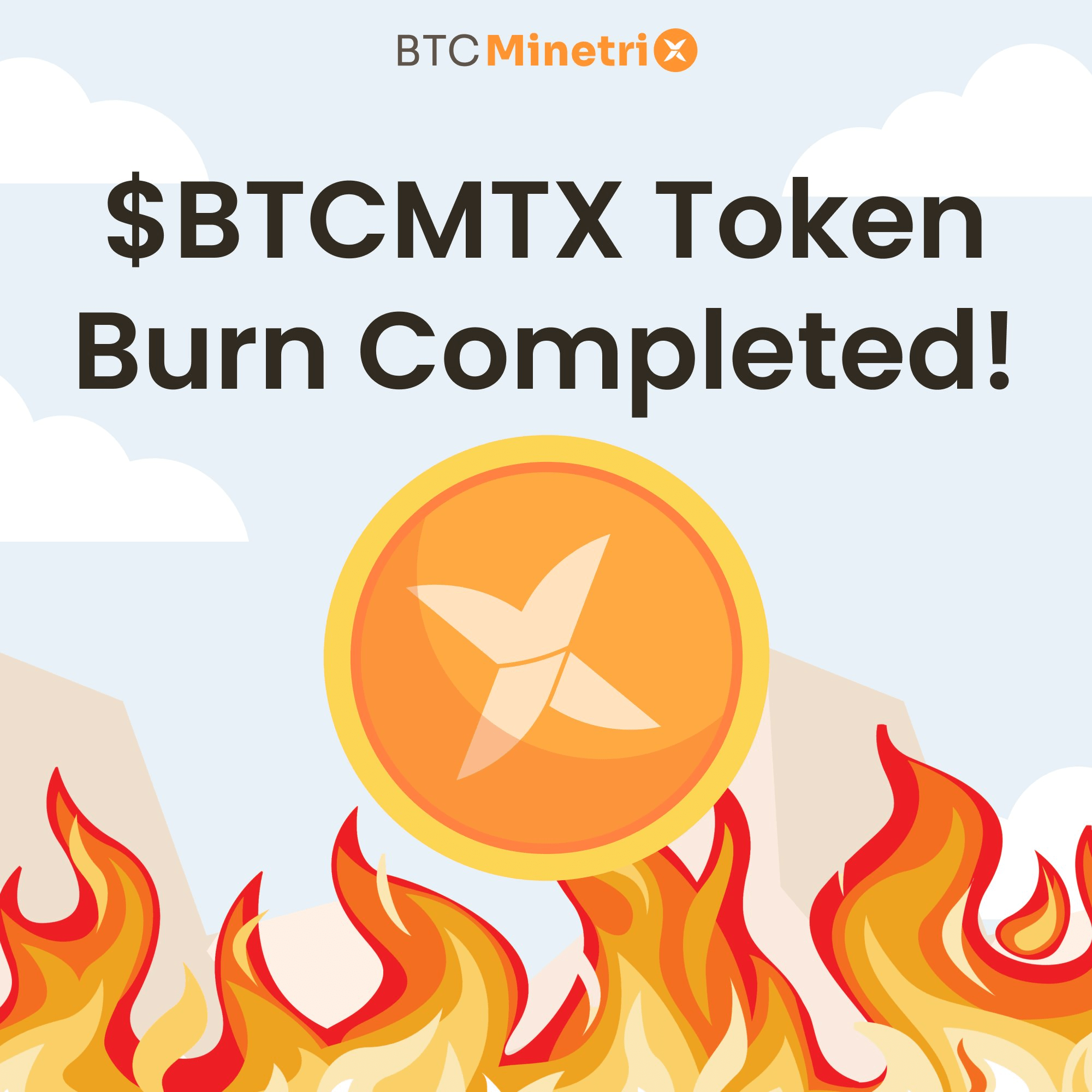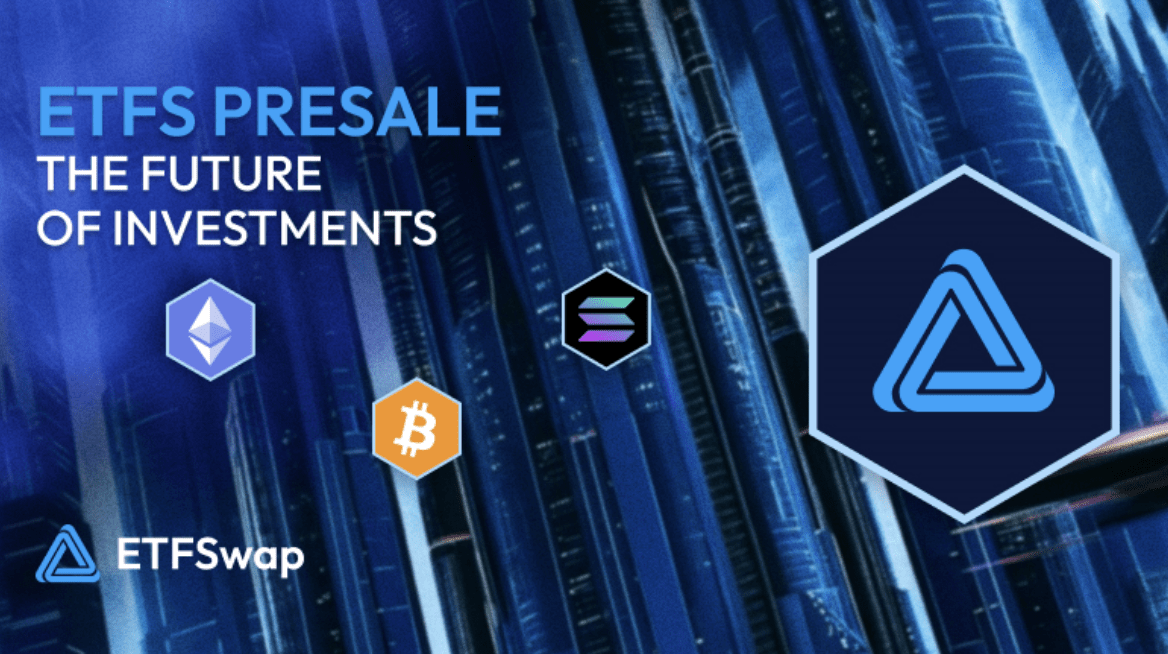DeFi, a once-flourishing bastion of financial innovation, is experiencing turbulent times. According to BanklessTimes, an alarming 10% of the market is saturated with fraudulent tokens, which partially explains the prevailing climate of skepticism and distrust. A significant percentage of tokens have failed to deliver on their lofty promises, leaving investors to question the legitimacy and effectiveness of the entire ecosystem.
Compounding this overall sentiment, the current bear market has cast a dark cloud over the entire cryptocurrency community; as a result, DeFi's once illustrious reputation has deteriorated, raising concerns about its long-term survival.
Now, standing at a crossroads, DeFi finds itself grappling with an existential question – can it weather this storm and ensure long-term survival? Some experts argue the turmoil is only temporary, and that the entire cryptocurrency community has entered what it calls a “distribution phase” — a period of intense competition between bullish and bearish forces. This phase serves as a litmus test, separating robust projects with sustainable tokenomics from those that lack strong foundations.
Against this backdrop, the importance of successful tokenomics cannot be understated as the bedrock of long-term resilience and sustainability.
To delve into the matter, we invited Matty, the Token Economics Lead at Status.im, one of the earliest projects to launch on Ethereum, and Logos, an initiative building trust-minimized, corruption-resistant infrastructure key to creating network states.
With his expertise in the field, Matty has authored a comprehensive guide "Tokenomics for Builders”, which is open source, freely accessible to all, and aims to unlock the secrets behind a successful token launch and empower individuals to navigate the intricacies of the space. By sharing his knowledge, Matty not only instillsconfidence in the future of DeFi, but also fuels the collective belief in its transformative potential.
We recently turned to Matty to shed light on some key questions that will help us understand the current state of tokenomics and the future path forward for the industry.
Great question - builders often ask ‘what is the best tokenomics’, which misses the point that it’s about designing incentives - an optimization function. For example L1s have to optimize between scalability, security, and decentralization. Stablecoins have to optimize between price stability, capital efficiency, and decentralization. Builders need to make tradeoffs and optimize.
The best way to do this is to follow an intentional design process to think through, model, and stress-test incentive mechanisms, value accrual, and other aspects for your context, not just blindly copy and paste from other situations.
I think it’s the big collapses that are the important milestones. The collapse of UST and Luna. The death spirals in Steemit, Axie Infinity, Olympus DAO, and others. Each time a new cohort of builders and investors learns painful but important lessons.
I think tokenomics started to shape the industry right from the get go, and has often been an ugly word for speculation fueled by pump-and-dump mechanisms that got as close to being a Ponzi scheme as you can get away with. I’m excited about the industry maturing and demanding more sustainable, more rigorously designed token models and incentive structures.
Value creation is key for any product to succeed, whether blockchain or not. I think too many builders mistake a token as a replacement for a viable product - it isn’t. Products can create value in a number of ways: save people time, increase privacy, save them money, give them a social or status signal, entertain them, etc. The key is to first solve a problem.
If users use your product because it solves a key problem, then there’s a number of ways to capture a portion of that value and accrue that value to a token. Tokenomics for Builders has a whole chapter on value accrual - it’s a broad topic.
Also a great question - when it comes to governance, builders often make the mistake of equating user governance with user ownership or decentralization. But as projects like Liquity show, these are not the same thing, and introducing a tradeable governance token always introduces exploit risks and new attack vectors.
User owned, but governance minimized, approaches with economic utility really interest me for protocols optimizing for censorship resistance. But that approach isn’t for everyone - it depends on the use case and objectives.
One of the biggest mistakes is naively assuming your token will act as medium of exchange or a store of value. I think a lot of people drew an incorrect inference from Bitcoin that simply by existing a token will be valuable. History has proven that not to be the case, and that stablecoins are the preferred medium of exchange.
Other common mistakes include rushing to launch a token too early, not rigorously stress-testing the design before launch, and only thinking about supply (allocation pie chart and emissions) instead of utility, value accrual, and incentive mechanisms.
I wouldn’t say there are proven ways - even supposedly regulated entities can, and have, turned out to be frauds. But as a general rule, some big red flags are if the project’s biggest utility is price speculation, it has high staking yields paid by minting tokens, or if it relies on the token price or market cap always going up.
For example, UST essentially relied on LUNA prices never falling too much too quickly. OHM relied on people never selling, the market cap steadily growing forever, and marketing excessively high staking APYs funded by minting tokens. High APY means high inflation, all else equal.
The one people always mention is securities law, but there’s actually a lot of other concerns as well. Money transmitter, banking, and broker dealer licensing rules, tax and accounting reporting, corporate structure setup - the list goes on.
This isn’t to say launching a token in the right way can’t be done, but builders need to take it seriously and always speak to a legal professional before launching a token, and even before publicly discussing the possibility of launching a token. I’m not a lawyer, but the guide complies a lot of useful resources and standard practices from lawyers.
To me the ultimate super power tokens have is enabling used owned products and networks. Users ownership is a model that we’ve only seen limited attempts at outside of blockchain - for example AirBnB wanted to give shares to hosts, but ran into all sorts of hurdles to do so. The transparent chain of ownership, programability, and efficient transferability of tokens unlock options that were previously impossible or cost prohibitive.
Instead of “winner take all” dynamics that currently dominate tech, tokens can democratize this with user ownership
I see a few distinct segments arising with various degrees of decentralization. One is on-chain uses cases with KYC and centralized off-chain points of failure (real world assets), which integrate with TradFi and leverage blockchain for efficiency gains.
Then you’ll have a segment of privacy preserving zero knowledge proof DeFi - protocols that can prove compliance while retaining a degree of privacy that satisfies most people. Lastly, you’ll have fully private, censorship resistant use cases for people who value privacy above everything else, though these will likely remain at the fringes, unfortunately.
In conclusion, tokenomics is paramount during the current turbulent phase DeFi is experiencing. Matty emphasizes that it is crucial to remember that a token is not a substitute for a viable product, and that value creation is rooted in solving real-world problems and offering tangible benefits to users.
With tokens in particular, the most promising use cases prioritize user ownership, minimize governance, and provide economic utility. Navigating various legal barriers and considerations beyond securities laws becomes an essential part of launching a token - which is also vital to spot red flags in fraudulent projects.
With the industry maturing, a focus on well-crafted tokenomics is what lays the groundwork for a project’s long-term resilience and sustainability. DeFi is likely to witness the emergence of distinct segments with varying degrees of decentralization, such as on-chain use cases integrated with traditional finance. It seems clear that in one way or another, tokenomics will remain key to the future of DeFi and crypto as a whole.
Disclaimer: This article is provided for informational purposes only. It is not offered or intended to be used as legal, tax, investment, financial, or other advice.
Investment Disclaimer















